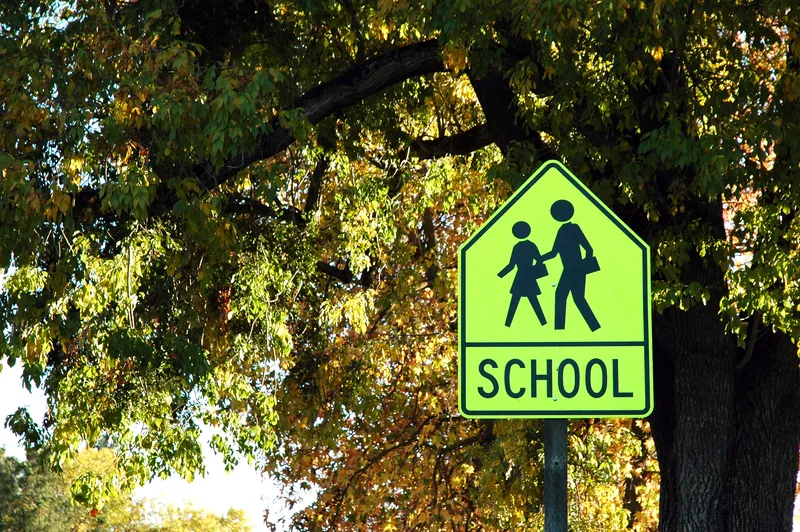According to citymetric.com, Copenhagen is a haven for cyclists. They have a special orange cycling bridge over the harbour and everything from mail to Christmas trees is delivered by cycle. In the city there are more cycles than people, while a traffic system encourages the residents to cycle, with the promise of a stop-free ride into the city.
It's all thanks to a traffic management system known as the Green Wave, which operates at peak times. Traffic signage is timed such that, if a cyclist travels at
January 9, 2015
Read time: 2 mins
According to citymetric.com, Copenhagen is a haven for cyclists. They have a special orange cycling bridge over the harbour and everything from mail to Christmas trees is delivered by cycle. In the city there are more cycles than people, while a traffic system encourages the residents to cycle, with the promise of a stop-free ride into the city.
It's all thanks to a traffic management system known as the Green Wave, which operates at peak times. Traffic signage is timed such that, if a cyclist travels at a steady 20km per hour, they should be able to travel all the way into town without hitting a red light. This has the added benefit of ensuring that cyclists move at about the same pace, thereby creating safer cycle lanes. In the evenings, the system is reversed, so cyclists leaving the city can travel home uninterrupted.
The Green Wave was first launched in 2007 on Nørrebrogade, a main street in the city centre. By 2012, the number of cyclists on the street had risen by 20 per cent, so the system has since been rolled out to other streets around the city.
The one downside, of course, is for cyclists who live centrally but cycle out of the city in the mornings. These, though, are in the minority, so there are far fewer cycles on these routes, and fewer safety issues to contend with.
Now, the city is introducing another, similar system, which detects cyclists approaching an intersection: if enough cyclists are moving together, the light will stay green until they pass.
It's all thanks to a traffic management system known as the Green Wave, which operates at peak times. Traffic signage is timed such that, if a cyclist travels at a steady 20km per hour, they should be able to travel all the way into town without hitting a red light. This has the added benefit of ensuring that cyclists move at about the same pace, thereby creating safer cycle lanes. In the evenings, the system is reversed, so cyclists leaving the city can travel home uninterrupted.
The Green Wave was first launched in 2007 on Nørrebrogade, a main street in the city centre. By 2012, the number of cyclists on the street had risen by 20 per cent, so the system has since been rolled out to other streets around the city.
The one downside, of course, is for cyclists who live centrally but cycle out of the city in the mornings. These, though, are in the minority, so there are far fewer cycles on these routes, and fewer safety issues to contend with.
Now, the city is introducing another, similar system, which detects cyclists approaching an intersection: if enough cyclists are moving together, the light will stay green until they pass.









